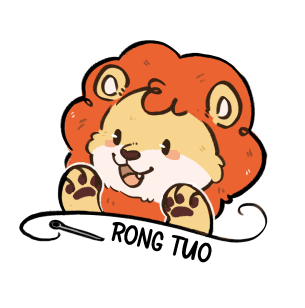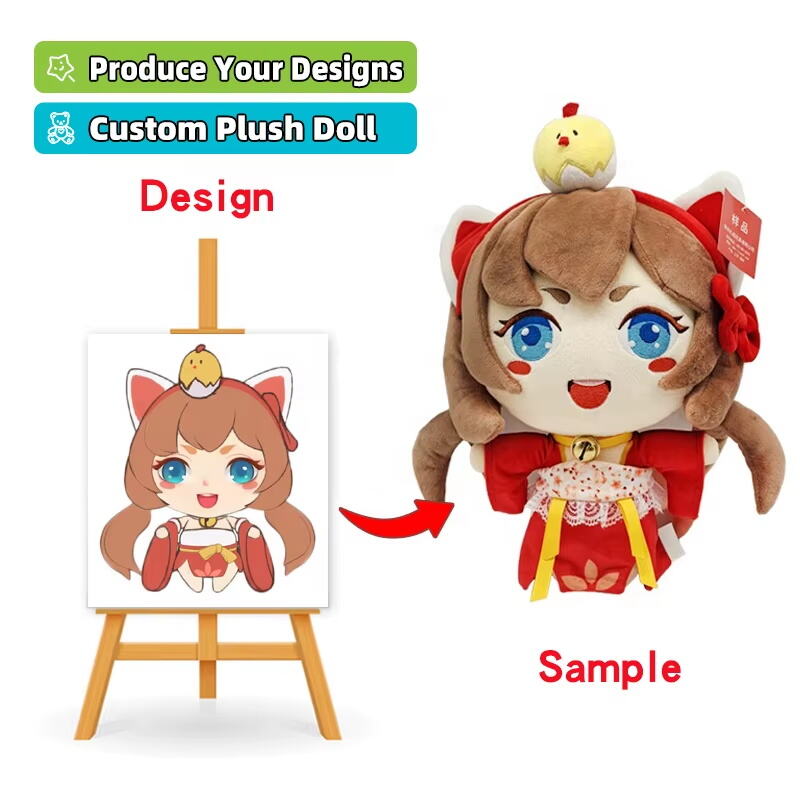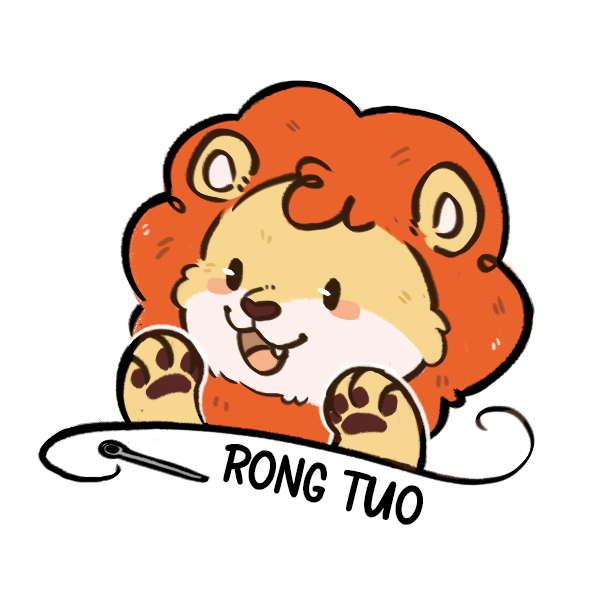The Importance of Choosing Safe Plush Toys for Children
Ensuring the psychological and physical well-being of children is paramount, and this starts with selecting safe toys, particularly plush toys. Such toys are often a child's first companion, providing comfort and aiding in developmental milestones like sensory exploration and imaginative play. However, their safety cannot be overlooked. As tactile and enticing as they are, plush toys must adhere to strict safety guidelines to prevent harm.
The significance of toy safety is underscored by alarming statistics. According to child safety organizations, numerous injuries are reported each year that could have been avoided with proper safety measures. For example, the U.S. Consumer Product Safety Commission noted that toy-related injuries send thousands of children to emergency rooms annually. These incidents highlight the crucial need for vigilant safety checks and adhere to guidelines when creating and purchasing toys.
Common materials and construction practices in plush toys can sometimes present risks. Choking hazards are prevalent with toys that have loose parts, such as sewn eyes or buttons. Such components can detach over time or if poorly engineered, posing a major risk to young children who may inadvertently place these objects in their mouths. Ensuring that plush toys are made from non-toxic materials and that seams are securely stitched can mitigate these risks. For a toy to be truly child-friendly, each component must pass stringent safety tests to protect our little ones from harmful accidents.
Checking for Safety Certifications on Plush Toys
When it comes to ensuring the safety of plush toys for children, checking for safety certifications is crucial. Standards such as ASTM F963 and EN71 are key benchmarks for toy safety. ASTM F963, also known as the Standard Consumer Safety Specification for Toy Safety, sets requirements for toy design, construction, and labeling to ensure they are safe for children. EN71 is a series of European safety standards that all toys, including plush toys, must meet before they can be sold in the European Union. These certifications ensure that toys have been tested for potential hazards like flammability and toxicity.
Notable regulatory bodies play a significant role in establishing and enforcing these certifications. For instance, the Consumer Product Safety Commission (CPSC) in the United States is responsible for protecting the public from unreasonable risks of injury or death associated with consumer Products, including toys. Their stringent regulations help in minimizing the risks associated with various types of toys. Having a plush toy that is certified by recognized bodies like CPSC reassures parents that the toy meets established safety standards.
Brands that prominently display these safety certifications reinforce trust in their product's integrity and commitment to child safety. Displaying these certifications not only demonstrates compliance with safety regulations but also signifies a dedication to the well-being of children. Parents are more likely to choose products that assure them of their child's safety, knowing that these toys adhere to rigorous safety standards. By choosing certified plush toys, parents can ensure a safe and enjoyable play experience for their children.
Examining Material Labels for Non-Toxic Options
Selecting safe materials for plush toys is crucial to safeguarding children from potential health risks. Preferred materials include organic cotton and hypoallergenic fabrics, as they minimize the risk of allergic reactions and are generally free from harmful chemicals. These safer options are increasingly popular among plush toy companies, who recognize the growing demand for non-toxic products that are both baby-friendly and eco-conscious.
Conversely, certain materials should be avoided due to their potential toxicity. Phthalates and lead, commonly found in plastics and paints, are notorious for their harmful effects on health. These substances can cause developmental harm and have been linked to other severe health issues, making it vital for parents and manufacturers to steer clear of plush toys containing them. It is essential to consider these factors when choosing a plush toy, as they significantly impact the safety of children.
To effectively assess material labels, start by looking for key terms such as "non-toxic" and "BPA-free." Additionally, certifications like "OEKO-TEX" or "GOTS" (Global Organic Textile Standard) are reliable indicators of safety and ecological sustainability. Understanding these labels allows consumers to make informed choices, ensuring the plush toys they purchase are safe for children. This proactive stance not only enhances child safety but also reinforces trust in the integrity of plush toys available in the market.
Assessing the Smell and Texture of Plush Toys
Monitoring both the smell and texture of plush toys is crucial for ensuring their safety. A noticeable chemical odor coming from a plush toy can be a strong indicator of harmful substances that should not be present, especially in toys intended for children. Such odors may stem from volatile organic compounds (VOCs) used in materials or manufacturing processes, which are best avoided to reduce potential health risks.
The texture of plush toys is equally important for child safety. Toys featuring rough or coarse textures can irritate sensitive skin, especially in babies and young children who have more delicate skin than adults. Ideally, plush toys should be soft and comfortable to the touch, offering both safety and enjoyment.
Parents are encouraged to actively engage their senses when selecting plush toys. By closely smelling and feeling the toys before purchasing, they can better identify red flags and make safer choices for their children. Using these simple sensory checks can significantly contribute to minimizing health risks associated with plush toys.
Researching Plush Toy Companies for Credibility
When researching plush toy companies, parents should prioritize asking specific questions about safety practices to ensure credibility. Key questions might include: What materials are sourced for your products? Are there any harmful chemicals used in production? What are your safety testing procedures? These inquiries help ascertain the company’s commitment to producing safe plush toys by understanding their practices and the potential presence of any hazardous materials.
Furthermore, checking for certifications and memberships in established safety organizations can be a strong indicator of a plush toy company’s credibility. Certifications such as ASTM, ANSI, or ISO demonstrate a manufacturer’s adherence to stringent safety standards, signaling that their toys have been rigorously evaluated for safety compliance. Belonging to industry groups that focus on safety further underscores a company's dedication to safe manufacturing practices.
In addition to direct communication with manufacturers, consumer reviews and thorough online research are invaluable in assessing a company's reputation. Reading reviews from other consumers can highlight any recurring safety issues or quality concerns that may not be apparent at first glance. Similarly, researching if the company has had past safety recalls or ongoing legal issues provides insight into their track record with toy safety. These steps collectively ensure parents choose reputable companies committed to producing safe and reliable plush toys, ultimately safeguarding their children’s health and well-being.
Conclusion: Prioritizing Safety When Selecting Plush Toys
In conclusion, ensuring the safety of plush toys involves vigilant selection processes, with paramount attention to material integrity and manufacturing standards. Parents are encouraged to make informed and mindful choices, as the safety of plush toys can significantly influence a child's overall health and happiness. By prioritizing safety and choosing credible plush toy companies, parents can provide not only joy but also secure play environments for their children.
FAQ
What certifications should I look for in plush toys for safety?
Look for certifications like ASTM F963, EN71, and those from the Consumer Product Safety Commission (CPSC) that assure the toy's safety regarding design, construction, and tested for hazards like flammability and toxicity.
How can I ensure the materials in plush toys are non-toxic?
Check material labels for terms such as "non-toxic" and "BPA-free," and look for certifications like "OEKO-TEX" or "GOTS." These indicators help reassure that the toy is safe and ecological.
Why is it important to assess the smell and texture of plush toys?
Assessing smell and texture helps identify harmful substances and ensure the toy’s material is safe for sensitive skin, providing a secure and enjoyable experience for children.
How can I verify the credibility of plush toy companies?
Review the company's safety certifications, industry memberships, consumer reviews, and research their history of safety recalls to verify their dedication to producing safe plush toys.
Table of Contents
- The Importance of Choosing Safe Plush Toys for Children
- Checking for Safety Certifications on Plush Toys
- Examining Material Labels for Non-Toxic Options
- Assessing the Smell and Texture of Plush Toys
- Researching Plush Toy Companies for Credibility
- Conclusion: Prioritizing Safety When Selecting Plush Toys
- FAQ


